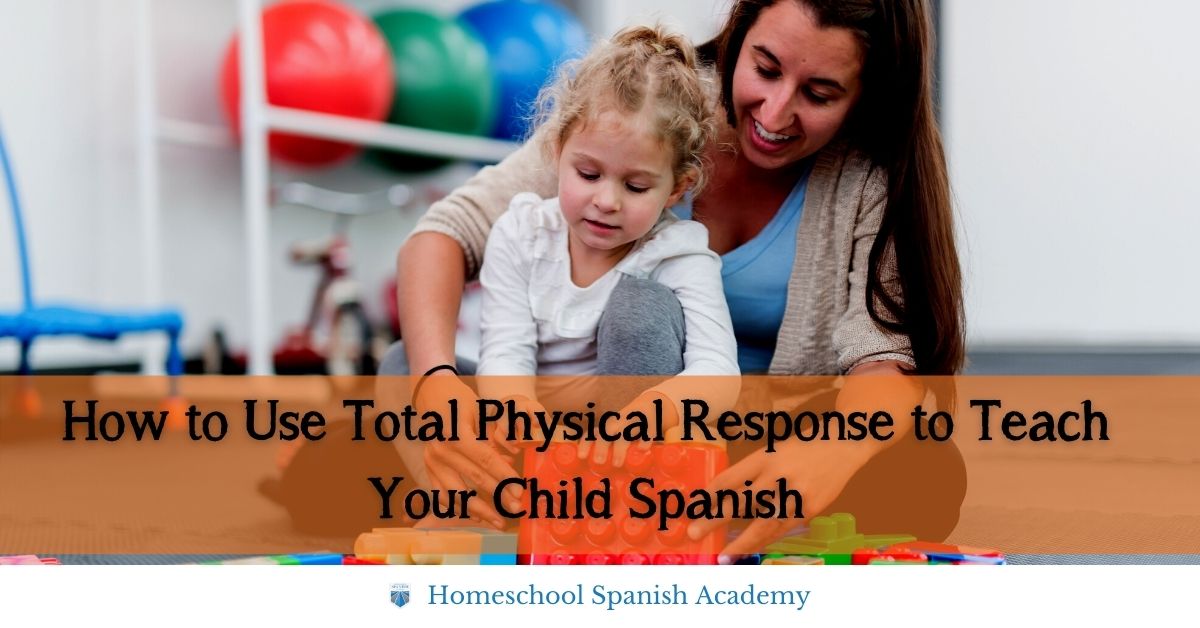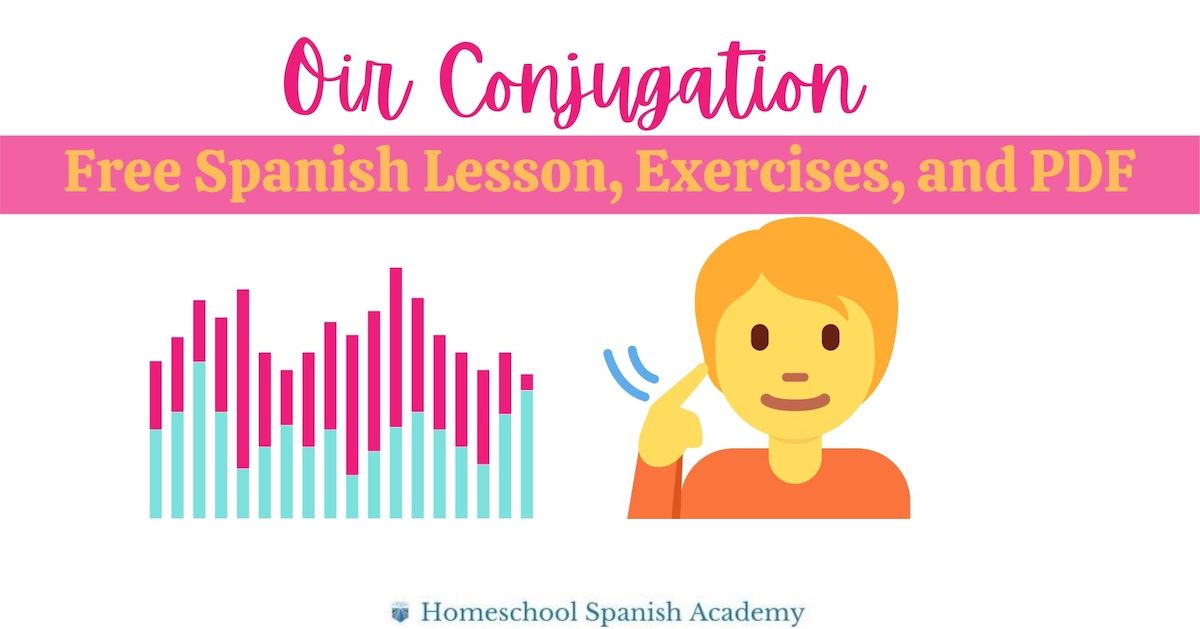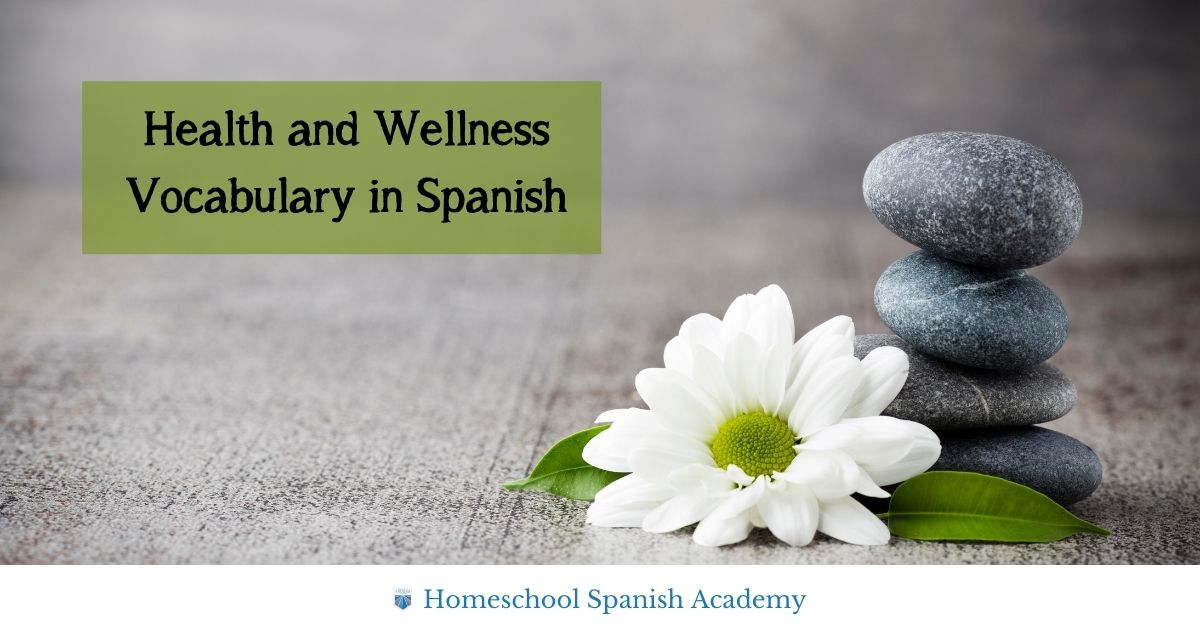
Your Guide to Asking ‘Which One?’ in Spanish
Knowing how to ask “which one” in Spanish is a key skill for learners when making choices or selecting between two or more options. To ask, “which one” in Spanish, you say ¿cuál? or ¿cuál es? In fact, ¿cuál es…? is the go-to question for asking about anything where multiple answers are possible. Keep reading to learn how to use cuál as a question word—and how to answer...Read More
Spanish Vocabulary Activities for High School
A wide array of Spanish vocabulary activities are available to help high school students practice the Spanish words and phrases they are learning. These activities are easily adaptable for students of different fluency levels and the needs of your unique homeschool or classroom. The majority of children of all ages get excited about games. Students love to mix playtime with class...Read More
Spanish Gerunds: The Ultimate Guide to the Progressive Tenses
The Spanish gerunds (gerundios) are a special, invariable form of the verb that always end in -ndo. For example: Hablando – speakingComiendo – eatingViviendo – living As you can see, In English it translates to the -ing form of the verb. However, labeling Spanish gerunds as the “present participle” is a misnomer since they actually serve numerous purposes in...Read More
Llevarse vs llevar: What’s Their Difference in Meaning?
Do you know the difference between llevarse vs llevar? Both of these Spanish verbs generally refer to the action of carrying or taking someone or something somewhere. However, by digging a little deeper, we’ll see that Spanish speakers use them in a variety of ways. Due to the overlap between the two, it’s natural for Spanish learners to confuse llevarse vs llevar. Read this...Read More
3 Key Translations of ‘Harto’ in Spanish and How to Use This Word
Several years ago, I first encountered the word harto in Spanish on a billboard in Guatemala. It was a political advertisement during a presidential campaign that said Estoy harto de la corrupción political, which translates to “I’m fed up with political corruption.” This common word has varied meanings that depend on its combination with certain prepositions. Harto is...Read More
by Michelle Margaret FajkusFebruary 7, 2021 Homeschooling, Learning Strategies, Spanish for Kids0 comments
How to Use Total Physical Response to Teach Your Child Spanish
Total Physical Response (TPR) is a great tool for teaching basic Spanish vocabulary to beginning learners. What is TPR, exactly? It’s a movement-based technique for teaching new vocabulary or phrases. In fact, the TPR process mimics the way infants learn their native language. To boost language and vocabulary learning, Total Physical Response aims to create a brain link between speech...Read More
Spanish Kid’s Books about Friendship and Trust
Spanish kid’s books about friendship are a wonderful way to immerse your child in the lyrical Spanish language while providing entertaining and heartfelt stories worthy of discussion. To empower your home library, I’ve collected a list of exceptional Spanish stories that will be perfect for your family. Each of the stories on this list conveys the beauty and power of amistad...Read More
Does Dominican Republic Speak Spanish?
Does Dominican Republic speak Spanish? The short answer is yes! However, the long answer is fascinating and worth exploring. Keep reading to learn about the languages, history, and culture of the Dominican Republic! Enjoy Our Video About the Dominican Republic! Basic Facts about the DR The Dominican Republic is in the eastern portion of Hispaniola. It is the...Read More
by Michelle Margaret FajkusJanuary 27, 2021 Learning Strategies, Spanish Grammar, Spanish Vocabulary0 comments
Oír Conjugation: Free Spanish Lesson and PDF
Are you ready to hear about oír conjugation? The Spanish verb oír means “to hear,” and it refers to the sounds we hear, as opposed to those we listen to. What sounds can you hear right now? You might be hearing the cars go by or someone talking. If you’re in nature, you might be hearing birdsong or the sound of the wind. Oír is a highly irregular verb, so pay attention to...Read More
